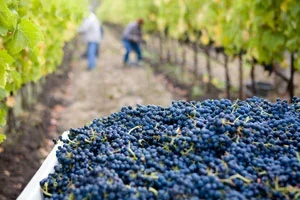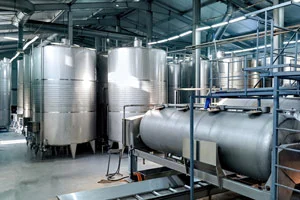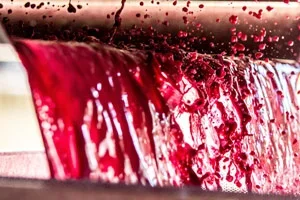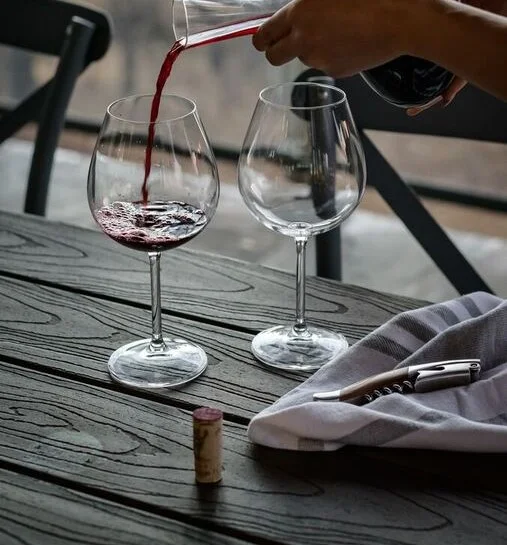In recent years, an increasing number of vintage wines are bottled to take advantage of the Christmas season and wineries are being forced to prepare wines in record time.
These wines are generally characterized by strong tartaric instability and difficulties in clarification, which is why cold stabilization is required for their production (the use of stabilizing products is not usually sufficient) as well as vigorous clarification to remove proteins in white wines and to reduce the astringency of red wines.
As we all know, red wines present different characteristics than whites and they are manufactured differently.
In this post, we will try to show you how the Agrovin Group would suggest to handle each case for the fine tuning of these wines, when starting with fresh wines from the current vintage.
Fining young red wines: what products are most suitable?
When working with red wines, due to the characteristics of the vintage and the clarification, the wines have little breadth, little color intensity, green nuances and marked astringency. In addition, due to the low NFA content of the grapes, the fruit intensity has been reduced.
In this sensations map developed by the Agrovin Group, we can clearly see the effects.
To control astringency, the best option is to use the clarifier Proveget Premium, a vegan and ecological alternative to protein fining agents, which will help reduce the content of protein-reactive tannins, with the utmost respect for color.
When we are trying to increase the amplitude of these kinds of wines, we have to take into account that by adding tannins, we can compromise the wine’s finish due to an increase in astringency. Therefore, we recommend the use of grape tannins with a reduced astringency impact. At the same time, when we increase the amplitude, we can also reinforce the aromatic sensations.
With TanReactive, we will increase the amplitude while showing the utmost respect for the fruit profile while also reducing the sensations of greenness and astringency. Instead, Tanicol Red Vintage will increase the amplitude and the fruit sensation, both in the nose and in the length of the wine.
In some cases, clarification and the addition of tannins aren’t enough to control the astringency. In these cases, mannoproteins are a good option to help reduce astringency and increase unctuousness.
Mannoplus ND, a liquid mannoprotein with a high protein fraction, can be added close to bottling with increased smoothness, reduced astringency and greater aromatic cleanliness, while also increasing length.
In this webinar, you can see the benefits of the use of mannoproteins and their positive impact on the final quality of the wine.
Fining young white wines: recommended products
As is well known, white wines require energy clarifications to reduce the protein content and a tartaric stabilization for the cold, since the stabilizers are not sufficient at this time of year.
This energetic tartaric clarification and stabilization will reduce the sensations of oiliness and spaciousness (body and volume) and highlight the acid sensations.
If we want to increase smoothness and sweetness while balancing acidity, the best option is to use Mannoplus ND.
One of the main characteristics of the aromatic profile of white wines is the ripeness of the fruit, which can range from vegetal aromas associated with thiol compounds to more mature notes described as honey or raisins. Currently, we can modify or enhance this maturity profile using aromatic fine tuning tannins:
If we need to increase the vegetal notes to provide smoothness and sweetness, our best option is to apply Robletan Soft Touch White, unroasted oak tannin at low doses (1-2 g/hl), which will help us increase these attributes without increasing dryness.
If we instead want to increase the citrus notes and increase those nuances in the aftertaste (length), Tanicol Blanc Excellence would be the recommended option.
If the desired fruit profile consists of more mature aromas, we suggest the TanSutil grape skin tannin, or the lightly toasted oak tannin Robletan Oakblend, which provides hints of ripe fruit and greater complexity without incorporating woody notes.
For more information and tastings, the staff at Agrovin would be happy to help you.










